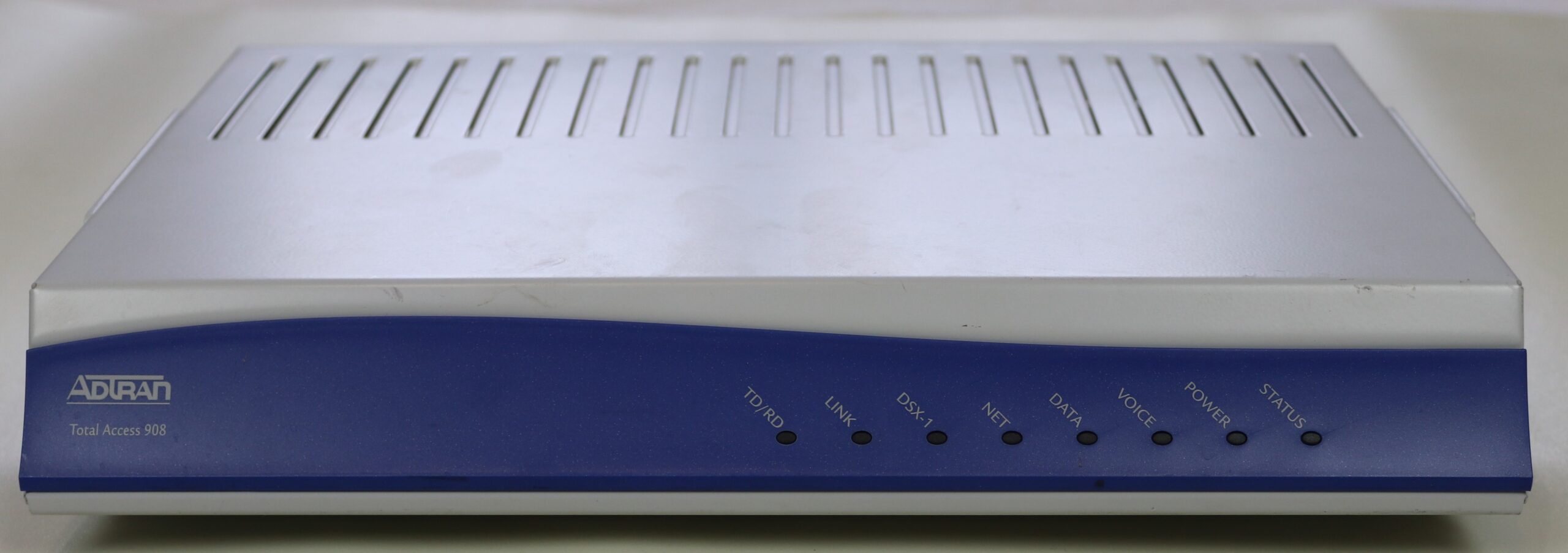Introduction
Caller ID is a fundamental feature in telephony, providing the recipient of a call with the caller’s identification. In ADTRAN Operating System (AOS) Integrated Access Devices (IADs), configuring Caller ID correctly is essential for ensuring proper call handling and presentation. This guide will walk you through the steps to configure Caller ID in AOS IADs, focusing on the changes introduced in revision 14 for the TA 900 series. It covers how to manipulate Caller ID on both inbound and outbound trunks, as well as specific configurations for different types of trunks.
Table of Contents
1. Overview of Caller ID Configuration
In the TA 900 series IADs, changes were made in revision 14 that affect how Caller ID is manipulated. All Caller ID modifications must now be made on the inbound trunk before the call reaches the switchboard. This ensures that the Caller ID information is correctly altered or preserved as needed before being presented to the destination.
Key concepts:
- Inbound Caller ID: The Caller ID as it is received from the external network.
- Outbound Caller ID: The Caller ID as it is presented to the recipient of the call.
2. Configuring Inbound Caller ID on Trunks
To alter the Caller ID information on an inbound trunk (for example, a SIP trunk), you can use the following command:
caller-id-override number-inbound NUMBER [Txx] {if-no-cpn}- NUMBER: The number that will be inserted into the Caller ID field.
- Txx: The outbound trunk number (optional).
- if-no-cpn: This option will cause the trunk to override the Caller ID information only if no Caller ID is originally supplied.
Example Configuration:
If you want to set a default Caller ID for all inbound calls on a SIP trunk:
voice trunk T01 type sip
no reject-external
caller-id-override number-inbound 1234
sip-server primary sip.adtran.com
!In this configuration, all inbound calls will have their Caller ID overridden to “1234” before being passed on to the destination.
3. Configuring Outbound Caller ID for Voice Users
For outbound calls from voice users, Caller ID can be configured differently depending on the type of trunk (SIP, ISDN, or analog).
SIP Trunk:
To override the Caller ID for a voice user on a SIP trunk:
- Register the user’s NAME (extension) on the trunk:
voice trunk T01 type sip
sip-server primary sip.adtran.com
register 5555 auth-name 5555 password 1234- Override the Caller ID for the voice user:
voice user 5555
connect sip
caller-id-override external-number 4444In this setup, all outgoing calls from voice user 5555 will use “4444” as the Caller ID.
ISDN and Analog Trunks:
For ISDN and analog trunks, the Caller ID override is configured similarly:
voice user 5555
connect sip
caller-id-override internal-number 4444This will ensure that all outgoing calls from voice user 5555 on ISDN or analog trunks will present “4444” as the Caller ID.
4. Emergency Caller ID Configuration
It is crucial to ensure that the correct Caller ID is presented during emergency (911) calls. You can configure an override specifically for emergency calls using the following command:
caller-id-override emergency-outbound NUMBERThis command overrides the Caller ID for any calls that match an “always-permitted” dial plan entry, typically used for 911 calls.
Example Configuration:
voice trunk T01 type sip
caller-id-override emergency-outbound 911
sip-server primary sip.adtran.com
!This configuration ensures that the Caller ID “911” is sent for all emergency calls, regardless of the user’s original Caller ID.
5. Commands and Their Functions
Here is a summary of the key commands used for configuring Caller ID in AOS IADs:
- caller-id-override number-inbound NUMBER [Txx]: Overrides the inbound Caller ID with the specified NUMBER, optionally directing it to a specific outbound trunk.
- caller-id-override external-number NUMBER: Sets the outbound Caller ID for calls leaving the device on a trunk.
- caller-id-override internal-number NUMBER: Sets the internal Caller ID for calls leaving the device on a network trunk.
- caller-id-override emergency-outbound NUMBER: Overrides the Caller ID for emergency calls.
- register NAME [auth-name NAME password WORD]: Registers a voice user’s NAME (extension) on the trunk, essential for SIP configurations.
Conclusion
Configuring Caller ID in ADTRAN AOS IADs is essential for maintaining proper call presentation and ensuring that calls are correctly identified by recipients. By following the steps outlined in this guide, you can effectively manage both inbound and outbound Caller ID settings across various trunk types, ensuring that your telephony system functions as intended.

